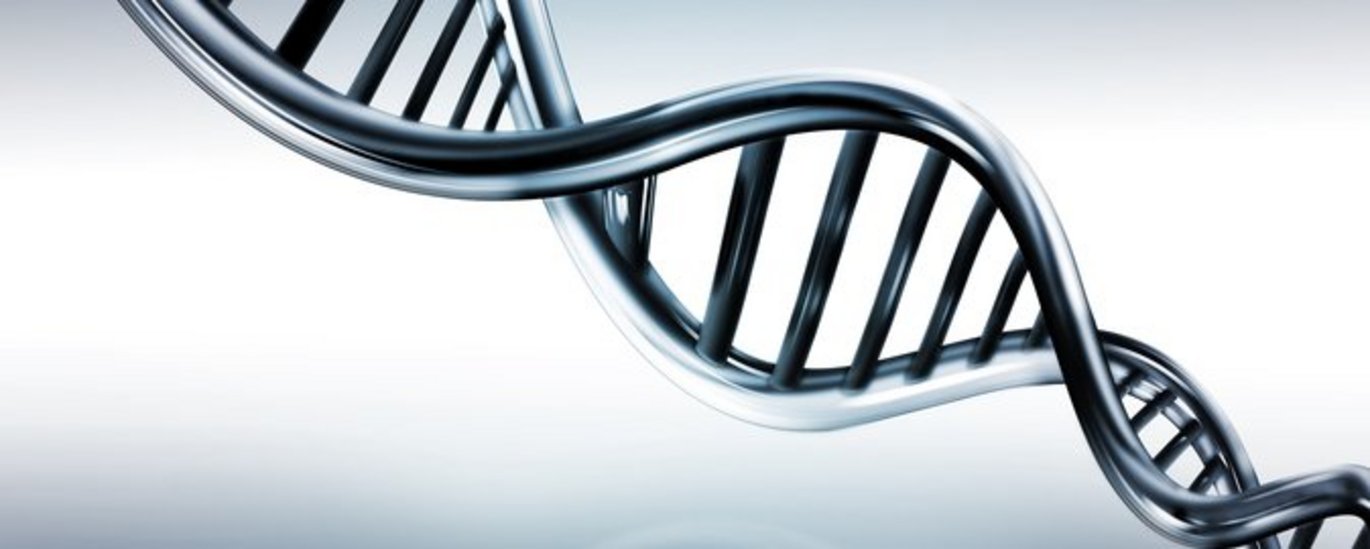New research centre for genomic selection established at Aarhus University
A research centre in genomic selection is to provide new tools for use in modern breeding of plants and animals.

The possibilities inherent in the breeding of livestock and plants are increasing in quantum leaps as a result of the newest knowledge and technology in genome research. This brings a need for new ways of thinking in order to integrate the detailed knowledge on genetic factors and the massive amounts of data which genomic research grants the researchers. Thus a new centre for genomic selection of livestock and plants – GenSAP – is to be established at Aarhus University.
The centre will be brought into being through the collaboration of a long list of partners ranging from universities and research institutions in Denmark and abroad to companies and industrial organisations. The centre will be led by Mogens Sandø Lund from Aarhus University and has a collective budget over five years of 68.7 million Danish kroner, of which the Danish Council for Strategic Research, Programme Commission for Health, Food and Welfare has granted 30.6 million kroner.
New breeding
And what – when you get right down to it – actually is genomic selection? In short, it is a relatively new tool in breeding, where one examines the DNA-sequence across the whole genome, rather than looking at family information or single genes.
- Genomic selection basically turns typical breeding on its head, says the leader of the new centre, Mogens Sandø Lund.
Breeding based upon genomic information is an effective way to ensure genetic, and thus enduring, progress. The method is based upon being able to pick the best animals and plants to carry on the beneficial genes to subsequent generations based directly upon their genome with the help of thousands of DNA markers.
The use of genomic information in the breeding of livestock has experienced an explosive growth. The method is not yet widespread in plant breeding, but it has a similarly large potential.
Just a little snip
All it takes is a tissue sample from the animal (or plant) for the researchers to be able to map out its genome – which is to say its gene sequences or ”script”.
In cattle this happens though the breeding company attaching the legally required ear tag in the calf's ear. It is effectively equivalent to people getting a piercing for an earring. The little bit of skin left over is sent to the researchers who run a genomic analysis of the whole genome of the calf.
One of the challenges the new centre will be facing is the development of methods with which to extract and handle the huge amounts of data produced. A cow, for example, has three billion base pairs in its genome, of which 20 million vary from cow to cow.
Complex challenges
It is really the variations in the genome that interest the researchers. For they provide the knobs and buttons that can be manipulated in breeding. In the case of many characteristics it is a complex situation, as many genes are involved and interact with both each other and the environment. In the new centre research will be carried out into the gene's influence on complex characteristics, their collective interaction and their interactions with environmental effects.
The understanding of these basic genetic mechanisms will help develop effective breeding tools. These tools are partially to be used to increase the precision with which animals and plants are chosen for breeding, partially to optimise this selection to maximise the breeding process, but avoiding inbreeding.
An important challenge for the centre will be to develop tools that can be used in both animal and plant breeding. The genomic breeding method must thus be modified in order to handle the special genetics and special breeding methods utilised with plants.
Global challenges
- Breeding based upon genomic information provides a significant aid in shouldering one of the future's great challenges: supplying the world's population with sufficient amounts of high-quality food and at the same time ensuring animal welfare, biodiversity and minimal environmental stress, says Mogens Sandø Lund, who then continues:
- In order to do this, in-depth insight is required into the underlying genetic mechanisms behind characteristics with importance for food production from both livestock and plants.
The work at the new centre is primarily based around ground-laying research and method development, but industrial organisations and companies contribute financially to the centre as the researchers develop tools and knowledge which they will use in the future.
The new centre at Aarhus University is called ”GenSAP: Centre for Genomic Selection in Animals and Plants.”
Further information: Centre leader Mogens Sandø Lund, email: mogens.lund@agrsci.dk, telephone: +45 8715 8024, mobile: +45 2075 1222
